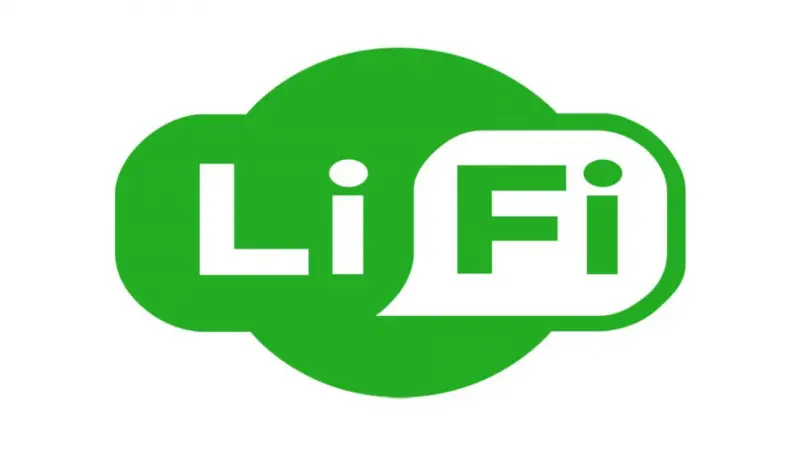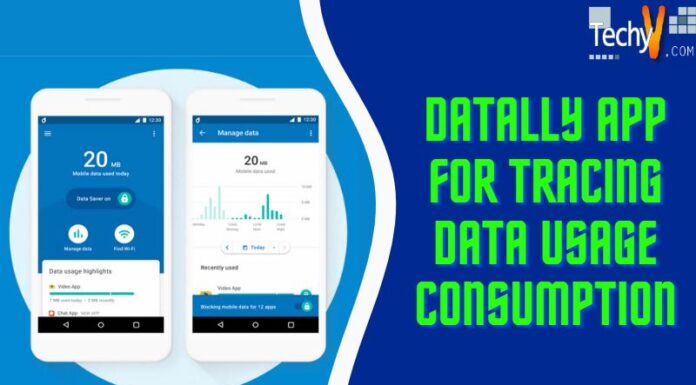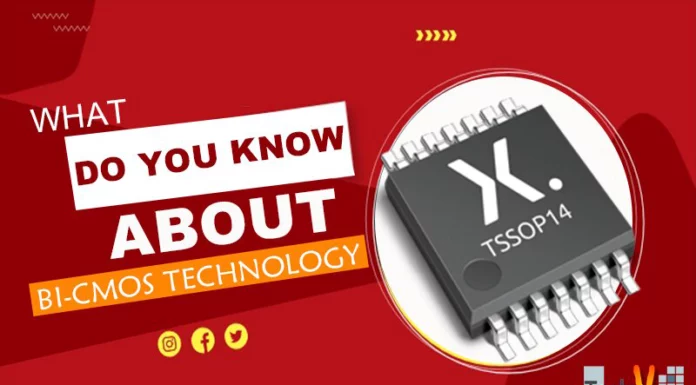Li-Fi Technology:
Harold has made an attempt to move past the era of the slow internet. Everyone is tired of sharing the same Wi-Fi connection with so many people that results in suffering through slow buffering web pages. In his attempt, Harold Haas has created an advanced relative of Wi-Fi, the Li-Fi technology. Some have been calling it the future of wireless technology.

What is it ?
Li-Fi is the short form for Light fidelity. The concept is based on the transmission of data through light from an LED in such a range of intensity that our eyes cannot keep up. Considering the low cost of LEDs, Li-Fi has the potential to emerge as the cheapest wireless communication system. The German physicist who coined it, mentioned in one of his speeches about D-light (data light) that could transfer data at speeds close to 10 megabits per second. Now, you can have a look at your broadband connection’s speed. You will be surprised.
LEDs can toggle on and off quickly. Data can be encoded in the patterns of light and transmitted to appreciable distances. One would wonder that the transmission would be too slow and noticeable but it is not so at all. We can just vary the rate of LED flickers, or even have different colours of lights to give different frequency ranges pointing at different data channels.
How is it better ?
It beats Wi-Fi in many ways. First of all, it is cheap and feasible. It is much faster. It does not have much security issues. It is entirely secure because it is an optical technology but cannot be viewed by the naked eyes. Whereas in highly secretive government work, radio frequency signals can be dangerously insecure. In such cases, Li-Fi can be a better option. We cannot see it; we cannot decode it. Wi-Fi has long raised a debatable issue of causing health problems due to its radio interference and electromagnetic waves. Its usage is undivided and connection can be caught perfectly for almost 10 metres. All sorts of electronic devices would access the internet through the lighting of the room, and the speed will be amazing. No more radio waves. The real-time testing of this technology showed a speed of 1-10 Gigabytes per second. While small downloads would be over in a blink of an eye, larger files will be done under a minute. In the lab, it recorded a whopping speed of about 220 GBPS.

How does it work ?
This system of communication involves the following principal parts: a white and bright LED light that can play the role of a transmitter of data, and a photodiode made of silicon acting as the receiver, capable of showing a response to the incident light lying in the particular range of wavelength.
LED is flicked to give the digital message of zeroes and ones. By consolidating illumination with data signal transfer of data is made possible. When current is provided to the LED, photons are emitted and can be perceived as light. Flickering is done by changing the intensity of this light. The bulbs are semiconductor devices hence it kicks the speed of the process up a notch. A photodiode detects it and acts as the receiver. The technique is adopted from remote control system running on infrared waves.
What does the future look like ?
It is not as convenient as just sitting under a street light and downloading movies. Wi-Fi and Li-Fi will have to go hand in hand. While Wi-Fi does a good job when it comes to distance, Li-Fi solves the density issue. The connection would not slow down because Li-Fi will achieve good data-transfer rates even in an extensive multi-user scenario. So, houses and offices already installed with the infrastructure of Wi-Fi will face no loss as Li-Fi will just join in with its simple support.



















